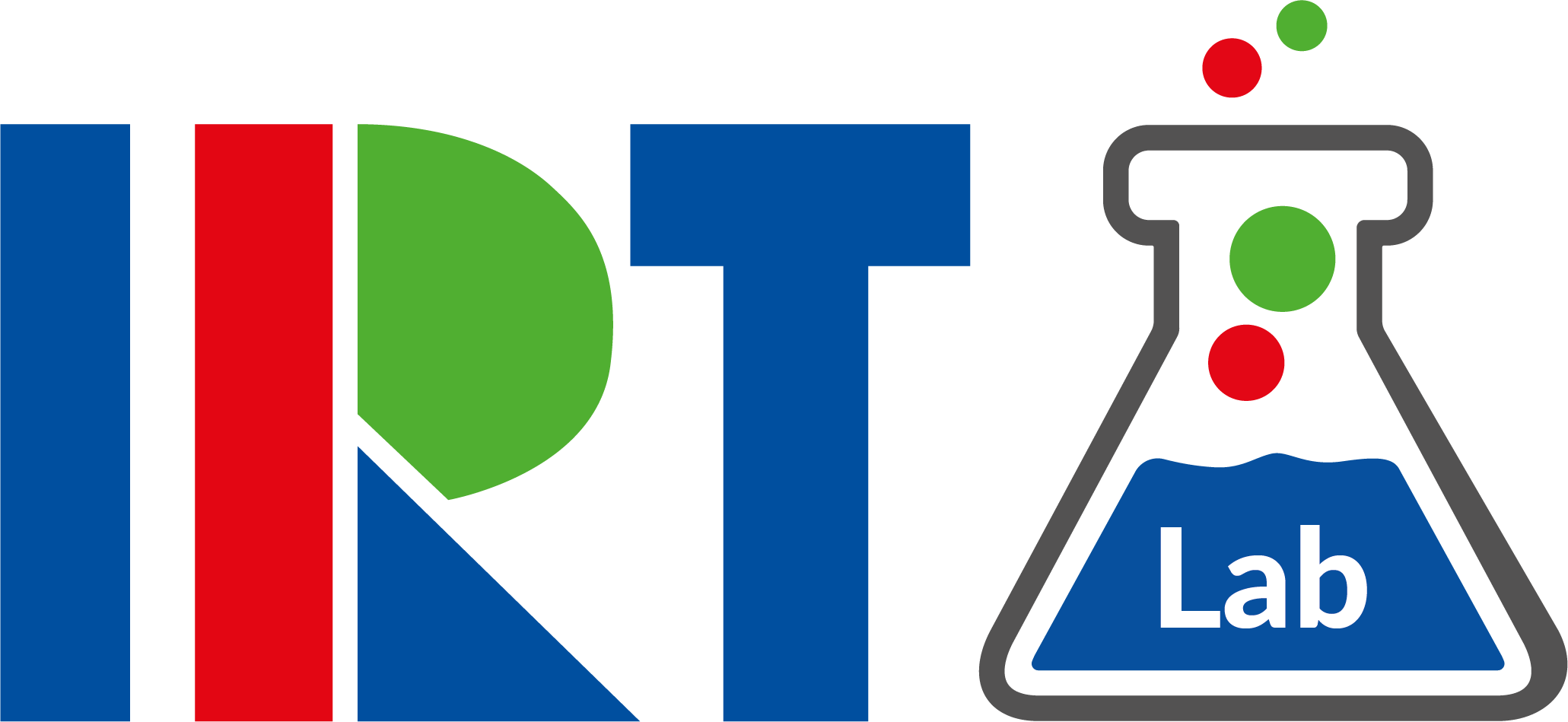Media applications are amongst the most demanding services in terms of resources, requiring huge network capacity for high bandwidth low latency streaming of audio-visual content. Recent technological advances in the 5G domain hold the promise to unlock the potential of the media industry by offering high quality media services through dynamic efficient resource allocation. Actual implementations are now required to validate whether advanced media applications can be realised benefiting from ultra-low latency, very-high bandwidth and flexible dynamic configuration offered by these new 5G networks. A truly integrated approach is needed that focuses on the media applications not only on the management of generic network functions and the orchestration of resources at the various radio, fronthaul/backhaul, edge and core network segments. The Horizon 2020 5G PPP Phase 2 project 5G-MEDIA funded by the European Commission leverages new options for more flexible, ad-hoc and cost-effective media workflows.
5G-MEDIA aims at delivering an integrated programmable service virtualisation platform for the development, design and operations of media applications in 5G networks by providing mechanisms to flexibly adapt service operations to dynamic conditions and react upon events (e.g. to transparently accommodate auto-scaling of resources). This is done by applying SDN and NFV concepts to media applications and flexibly and dynamically embed them as virtual network functions (VFNs) within the 5G networks and cloud infrastructures. The platform interacts automatically with the underlying network for the dynamic control of the network paths and forwarding graphs by applying machine learning-driven optimisation techniques.
To ensure high performance levels in terms of high bandwidth and low latency, the media functions are deployed close to traffic sources and sinks, and the 5G-MEDIA Management and Orchestration (MANO) component deploys smart algorithms for configuring network paths and optimising resource usage and utilisation to deliver the required network capacity and performance levels at the network edge as well as enhance the (quality of) user experience.
In detail the 5G-MEDIA architecture defines three layers of operations (Figure 1):
- The development and service preparation and evaluation layer, including
the SDK
This layer provides the means to service/app developers and stakeholders to develop, emulate and deploy VNFs/Network Services (NS) and access every exposed service by the SVP. - The Service Virtualisation Platform (SVP) layer
The SVP hosts the components related to the OSM-based MANO framework (service and resource orchestrator, infrastructure manager, repositories, etc.), as well as components of specific purposes, i.e. the 5G-MEDIA Catalogue, the Media Service Monitor Analyse Plan and Execute (MAPE) component and the 5G-MEDIA AAA mechanism. - The physical layer
This layer encompasses infrastructure, network and computational resources by different operators (Network Function Virtualization Infrastructures (NFVIs)) used to host instantiated VNFs/NSs and deliver 5G-MEDIA application services to the end users
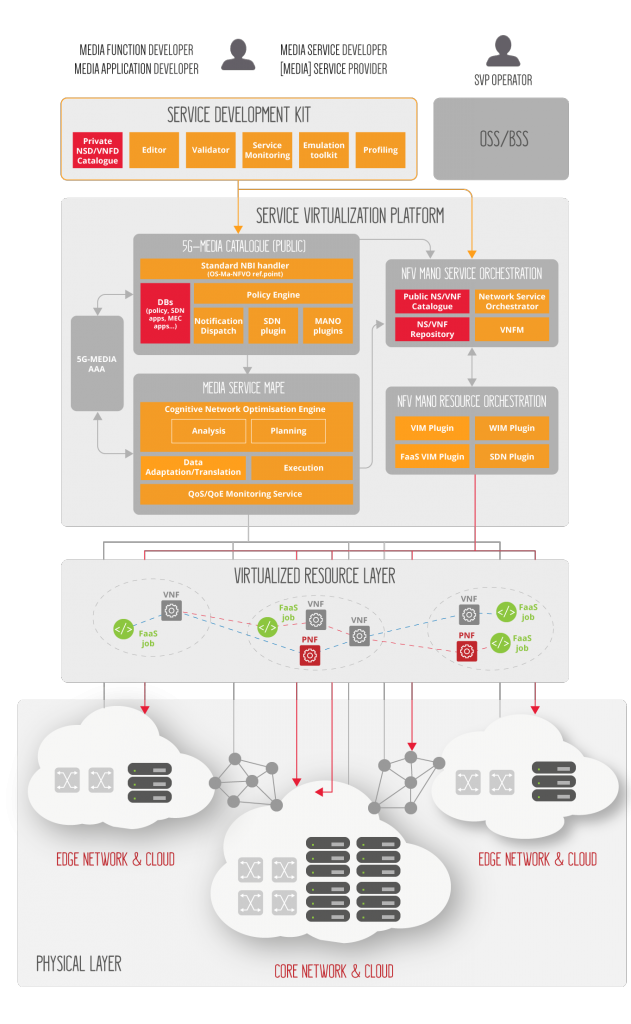
Figure 1: 5G-MEDIA Architecture
To test and demonstrate the capabilities of the 5G-MEDIA platform and its components three use cases were defined:
Use Case 1: Immersive Media
Use Case 1 deals with the next generation of tele-immersive (TI) gaming applications which enable real-time, multi-party interactions of users spread around the globe, by placing them inside a virtual world (Figure 2). Quality of Service (QoS) and Quality of Experience (QoE) are top priorities in immersive media whereas availability and interaction between users are considered critical challenges that need to be met as they ensure a smooth user experience. High quality 3D reconstructions of users are created, usually in the form of time-varying meshes, which produce large volumes of heterogeneous data, thus, creating a challenging networking scenario. The volume of data produced by real-time tele-immersive applications is increasing dramatically, imposing limitations on the network transmission of this data, in real time, with current network technologies. As a result, the use of 5G networking technology appears now more than ever, as a necessity for real time TI applications not only in the gaming industry but also in other areas such as advertising or e-health.
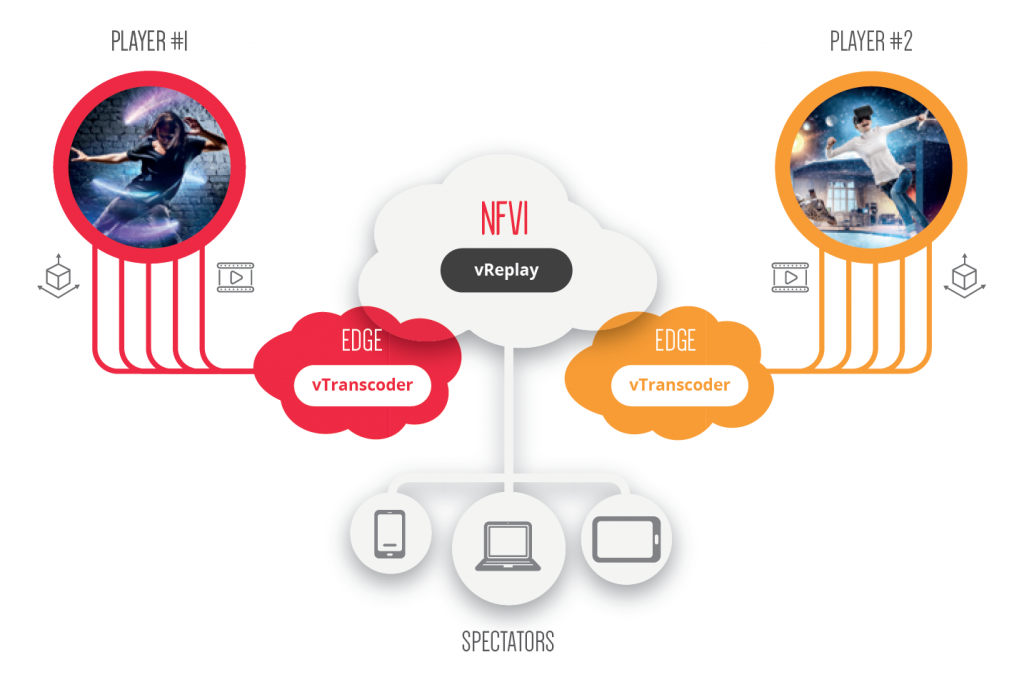
Figure 2: Use Case 1 Scenario
Use Case 2: Mobile Contribution, Remote and Smart Production in Broadcasting
Use Case 2 (UC2) examines how professional (remote) broadcast productions can benefit from the advancement in 5G technology. Today, broadcast productions of events are characterized by large teams required on location, one or several OB vans, and long preparation times for the placement and adjustment of audio and video equipment. Another time-consuming part is the set-up and facilitation of a control room for the audio- and video engineers as well as the directing team. Moreover, the steadily rising cost pressure and complexity forces broadcasters to look for new, low-cost and time-saving production methods like remote and smart production. In a remote production, the control room at the broadcaster’s facilities is used. Therefore, less equipment and crew need to be present on site during the production process. Today dedicated connections are established between the event location and the broadcasting center to guarantee the required high performance and quality of the transmission. Smart (mobile) production, on the other hand, addresses the needs of mobile reporters in the field who need to transfer content to the studio fulfilling the high broadcasting requirements. Due to slow internet connections and bad reception conditions such streams often have poor or unreliable quality and cannot be broadcasted. 5G-MEDIA aims to overcome the limitations posed today on traditional broadcast productions by implementing orchestrated mobile contribution, remote and smart production over 5G networks for low-latency and high-bandwidth media streaming. 5G-MEDIA enables remote productions from anywhere without the need for dedicated infrastructure to be specifically deployed for the event. Cameras and audio equipment at the venue can be ad-hoc/flexibly connected via a 5G network to media production applications (virtual functions inside the network) deployed and orchestrated by the 5G-MEDIA Service Virtualisation Platform to ensure that the media processing functions are embedded within the network and cloud infrastructure enabling low latency and high throughput as required by live streaming and media processing (Figure 3).
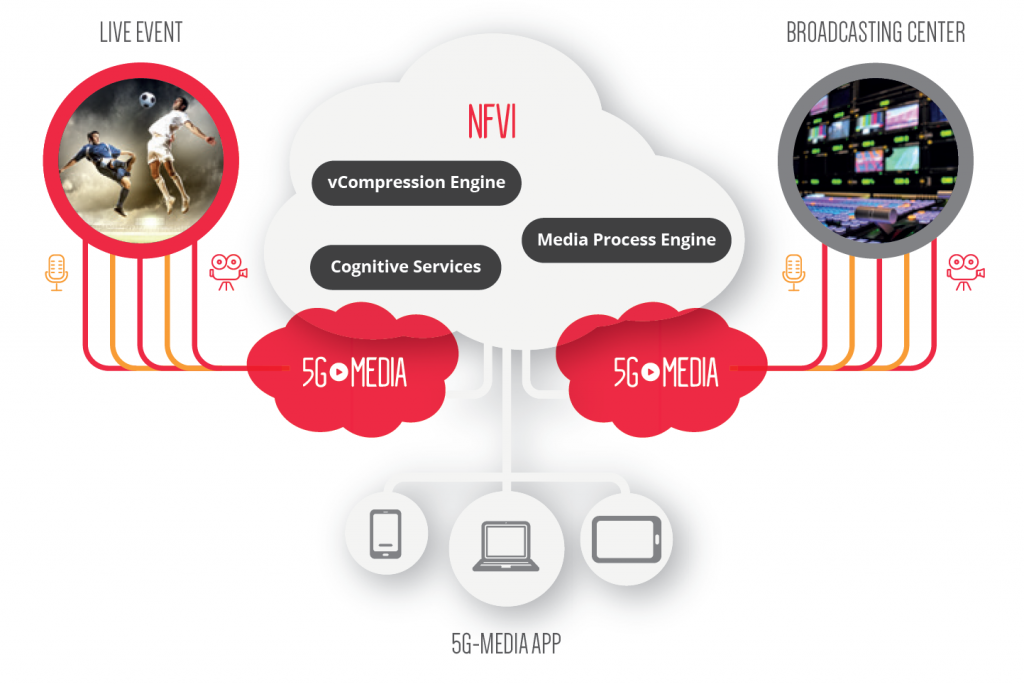
Figure 3: Use Case 2 Scenario
Use Case 3: Ultra High Definition over Content Distribution Networks (CDN)
Internet users have access to an increasing variety of access devices for consuming audio-visual content, such as smart-phones, tablets, etc. At the same time, content is growing both in volume and quality. These trends have led to a significant increase in bandwidth as well as computational resource demand in today’s networks. Use Cases 3 targets these challenges by investigating how to realise ultra-high definition (UHD) media delivery over virtualized content distribution networks (vCDN). Goal is to develop a vCDN solution (consisting of virtual CDN nodes) capable of meeting the needs of the media industry as well as the users by supporting an efficient distribution of different types of media contents to a heterogenous set of devices with significantly reduced consumption of network resources. A flexible network architecture is needed to accommodate dynamicity in the allocation of computing resources and cloud-distributed functionalities in order to guarantee a strong and persistent quality of experience (QoE) across devices connected to distributed vCDNs (Figure 3). The new design avoids the need of already established replica servers and pre-fetched allocations and at the same time will reduce the overhead of media delivery, latency and cost. The major goal of the use case is the mixing of core datacenter and edge computing resources to validate benefits in the reduction of latency while at the same time increasing/optimizing the throughput for media streaming from the caches to end-user devices covering several geographical areas and serving increasing media service requests.
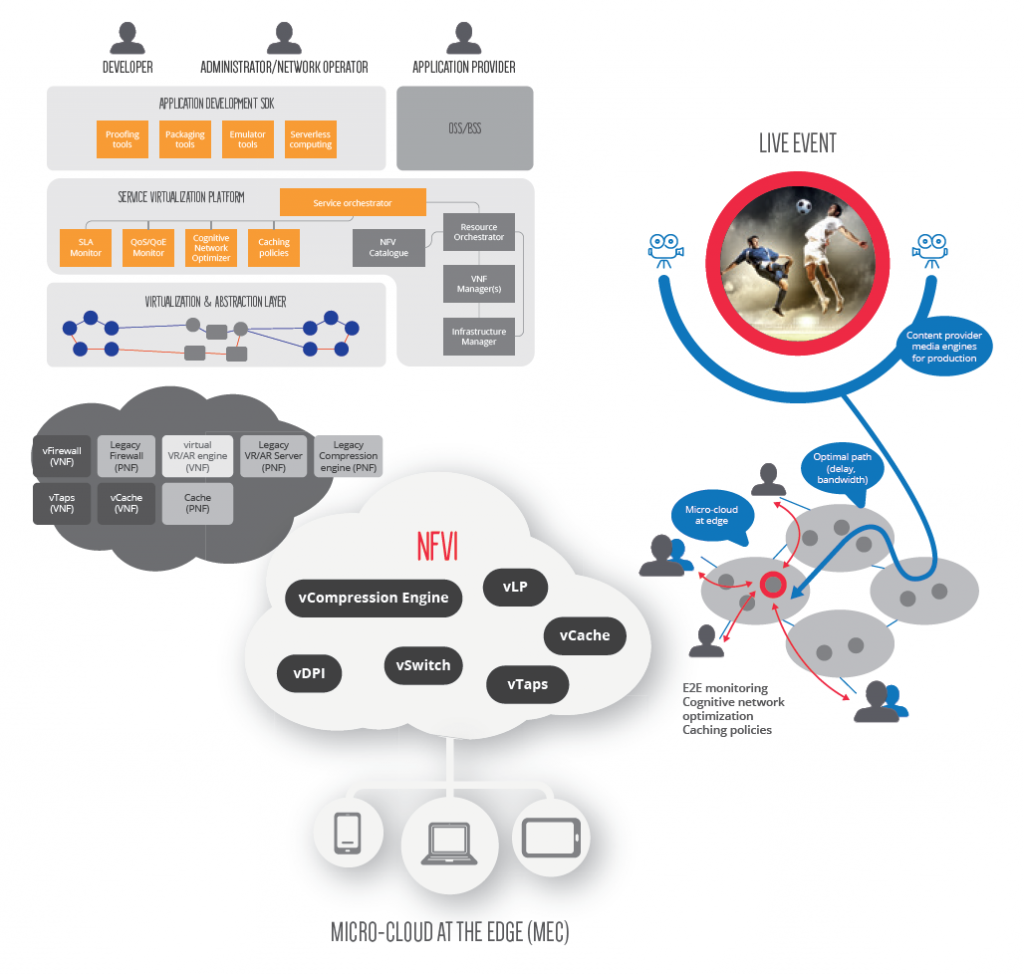
Figure 4: Use Case 3 Scenario
The 5G-MEDIA project started in June 2017 and will be running until November 2019. For the latest information and updates on the project status visit our project website or follow us on Twitter or LinkedIn.
